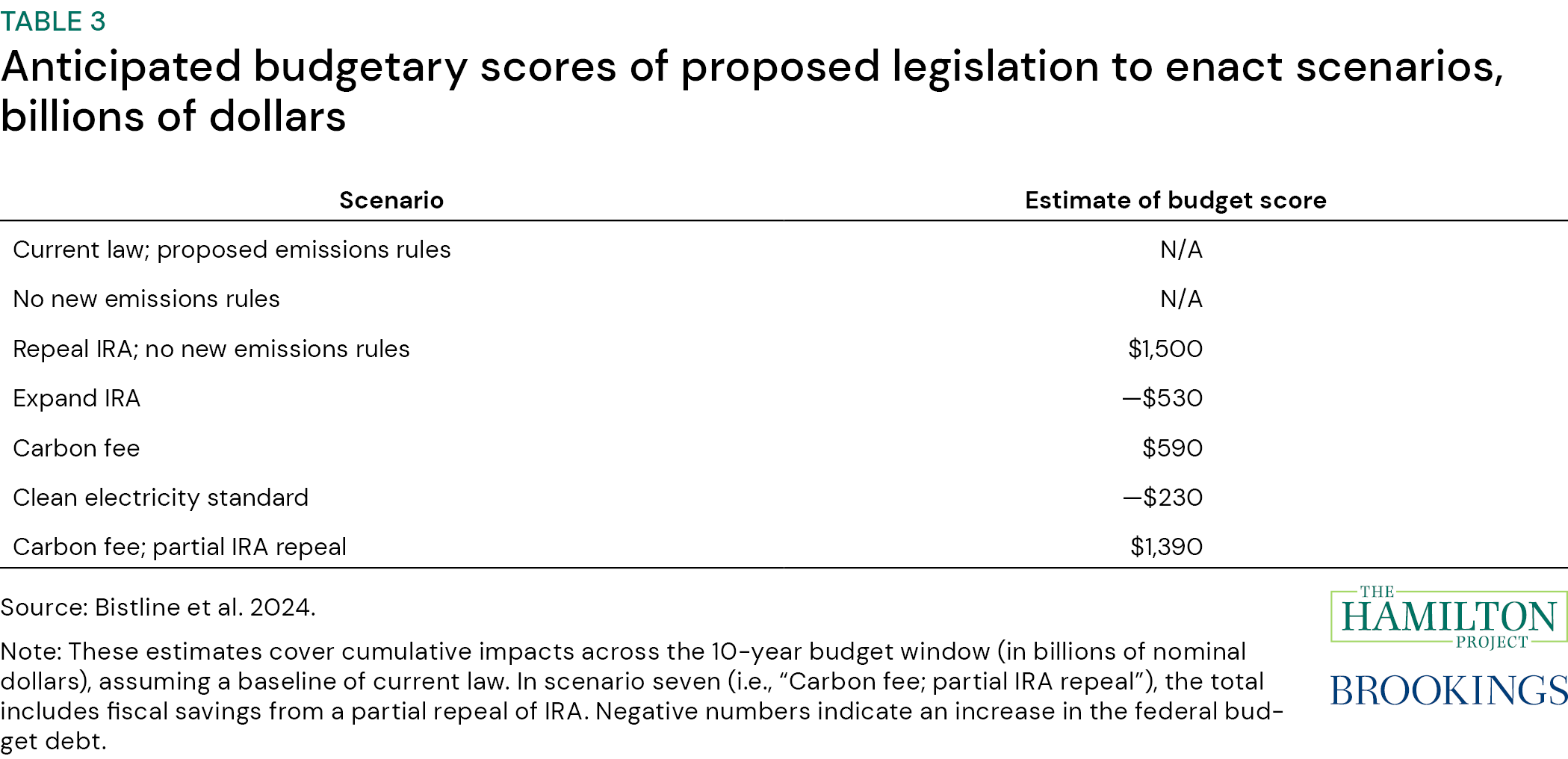Sliding Stocks: The Impact Of US Fiscal Uncertainty

Table of Contents
The Debt Ceiling Debate and its Market Impact
The US debt ceiling debate is a recurring source of market instability. Understanding its mechanics and potential consequences is key to grasping the "sliding stocks" phenomenon.
Understanding the Debt Ceiling Crisis
The US debt ceiling is a legal limit on the total amount of money the US government can borrow. Failure to raise this limit can lead to severe consequences:
- Potential government shutdown: Lack of funds could force the government to shut down non-essential services, impacting the economy and investor sentiment.
- Risk of credit downgrade: A failure to meet debt obligations could result in a credit downgrade from rating agencies, increasing borrowing costs for the government and potentially triggering a broader economic crisis.
- Impact on investor confidence: The uncertainty surrounding the debt ceiling debate erodes investor confidence, leading to decreased investment and increased market volatility. This directly contributes to sliding stocks.
- Uncertainty surrounding future government spending: The debate itself creates uncertainty about future government spending, impacting business planning and investment decisions.
Market Reactions to Debt Ceiling Negotiations
Past debt ceiling debates have consistently resulted in significant market reactions:
- Volatility indices (VIX) spikes: The VIX, a measure of market volatility, typically surges during debt ceiling negotiations, reflecting increased investor anxiety.
- Flight to safety (e.g., US Treasury bonds): Investors often seek safety in US Treasury bonds during periods of uncertainty, driving up demand and lowering yields.
- Sector-specific impacts (e.g., financials, government contractors): Sectors like financials and government contractors are particularly sensitive to debt ceiling uncertainty, experiencing greater volatility.
- Impact on long-term interest rates: The uncertainty can lead to higher long-term interest rates, impacting borrowing costs for businesses and consumers.
Inflation and the Federal Reserve's Response
High inflation is another significant factor contributing to sliding stocks. The Federal Reserve's response to combat inflation further adds to market uncertainty.
The Inflationary Environment
Current inflation levels remain elevated, driven by several factors:
- Consumer Price Index (CPI) analysis: CPI data consistently shows high inflation rates, impacting consumer spending and business profitability.
- Impact of supply chain disruptions: Ongoing supply chain bottlenecks continue to push up prices for various goods and services.
- Role of energy prices: Fluctuations in energy prices significantly impact overall inflation, adding to market uncertainty.
- Federal Reserve interest rate hikes: The Federal Reserve has responded to inflation by raising interest rates, attempting to cool down the economy but potentially slowing economic growth.
Impact of Interest Rate Hikes on Stocks
The Federal Reserve's interest rate hikes have a direct impact on the stock market:
- Increased borrowing costs for businesses: Higher interest rates increase borrowing costs for businesses, potentially reducing investment and hindering economic growth. This is a major factor driving sliding stocks.
- Reduced corporate profitability: Increased borrowing costs and reduced consumer spending can lead to reduced corporate profitability, impacting stock prices.
- Impact on valuation multiples: Higher interest rates typically lead to lower valuation multiples for stocks, as investors demand higher returns.
- Potential for recessionary pressures: Aggressive interest rate hikes can increase the risk of a recession, further depressing stock market performance.
Geopolitical Risks and Their Influence
Geopolitical events significantly influence global markets, adding to the volatility of US stocks.
Global Uncertainty and Market Sentiment
Global events contribute to market uncertainty and sliding stocks:
- Supply chain disruptions: Geopolitical instability often disrupts global supply chains, increasing prices and impacting business operations.
- Energy price volatility: Geopolitical tensions frequently lead to energy price volatility, adding to inflationary pressures and market instability.
- Investor risk aversion: Geopolitical risks increase investor risk aversion, leading to capital flight from riskier assets like stocks.
- Impact on global economic growth: Geopolitical uncertainty can significantly impact global economic growth, dampening investor sentiment and contributing to sliding stocks.
Safe Haven Assets vs. Risky Assets
During times of heightened geopolitical uncertainty, investors shift their strategies:
- Increased demand for gold and US Treasury bonds: Investors flock to safe-haven assets like gold and US Treasury bonds, perceived as less risky investments during times of uncertainty.
- Reduced appetite for equities: The demand for equities decreases as investors become more risk-averse.
- Impact on emerging markets: Emerging markets are particularly vulnerable to geopolitical risks, experiencing greater volatility during times of global uncertainty.
Conclusion
The "sliding stocks" phenomenon is a complex issue stemming from the interplay of the debt ceiling debate, inflationary pressures, and geopolitical risks. Understanding these interconnected dynamics is critical for investors seeking to navigate the current market. By carefully analyzing these factors and diversifying portfolios, investors can mitigate risks associated with US fiscal uncertainty and potentially capitalize on opportunities arising from market volatility. Stay informed about the latest developments concerning US fiscal policy to effectively manage your investments and avoid further "sliding stocks" situations. Remember to consult with a financial advisor for personalized guidance on navigating the complexities of "sliding stocks" and US fiscal uncertainty.

Featured Posts
-
 Evacuations Underway Swiss Village Faces Imminent Landslide Threat
May 23, 2025
Evacuations Underway Swiss Village Faces Imminent Landslide Threat
May 23, 2025 -
 Bipartisan Senate Resolution Strengthens Canada U S Partnership
May 23, 2025
Bipartisan Senate Resolution Strengthens Canada U S Partnership
May 23, 2025 -
 The Future Of Museum Programs Analysis Of Trump Era Budgetary Impacts
May 23, 2025
The Future Of Museum Programs Analysis Of Trump Era Budgetary Impacts
May 23, 2025 -
 Southwest Airlines Restricts Portable Chargers In Carry On Bags
May 23, 2025
Southwest Airlines Restricts Portable Chargers In Carry On Bags
May 23, 2025 -
 Shpani A Slavi Pobeda Vo Ln Khrvatska Eliminirana Po Penali
May 23, 2025
Shpani A Slavi Pobeda Vo Ln Khrvatska Eliminirana Po Penali
May 23, 2025
